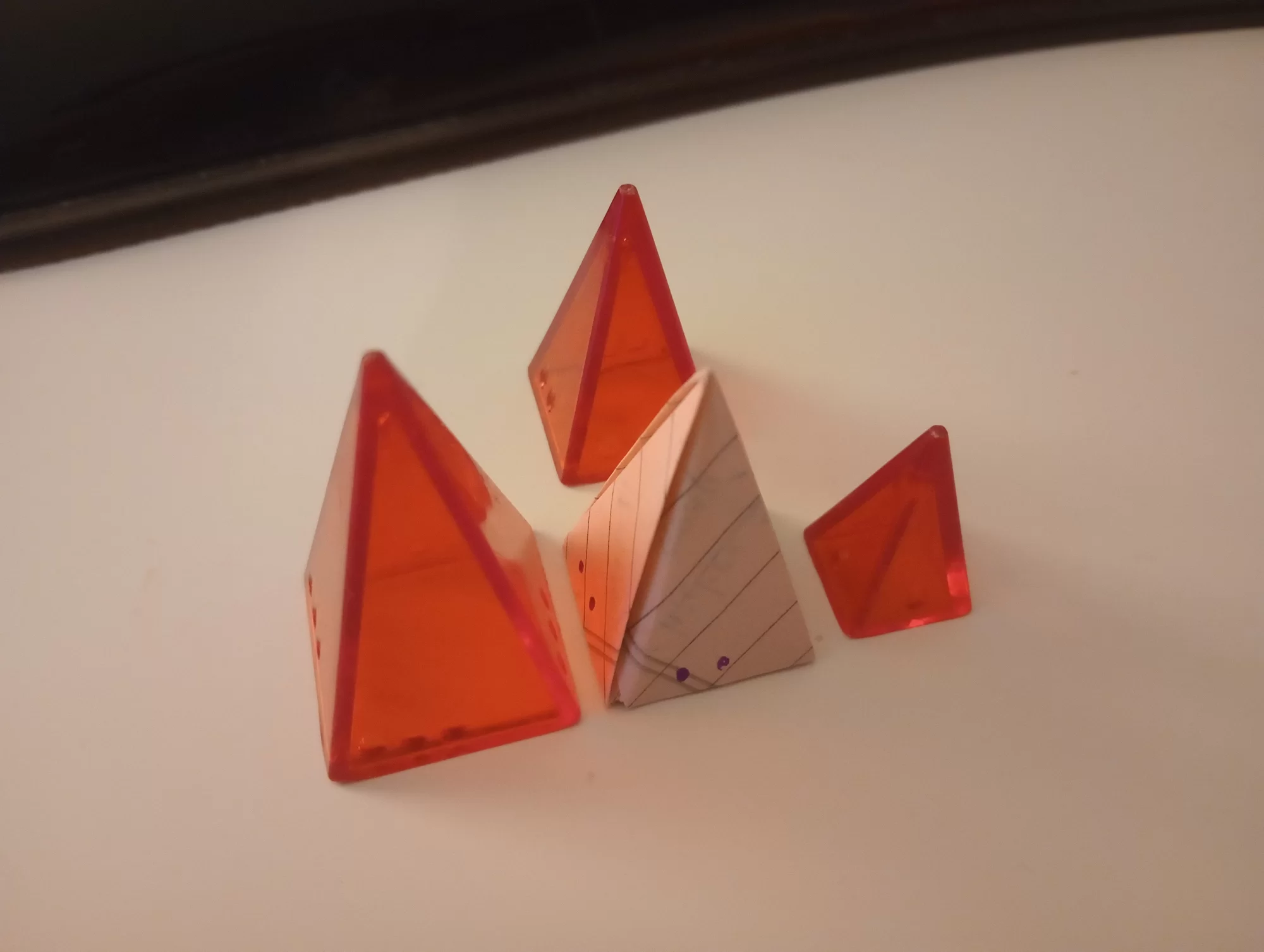
A different one today! Cromemco was founded in 1974 by Stanford Ph.D. students Harry Garland and Roger Melen to develop a series of peripherals for early microcomputers, such as the Cyclops digital camera and the Dazzler color graphics interface. In 1976, they came out with their first full microcomputer, the Z-1, which used the same chassis as the IMSAI 8080 but fitted with a 4 MHz Zilog Z80 processor instead of the Intel 8080.

The Z-1 was very flexible for the time, with 8 KB of static RAM and 22 S-100 bus expansion slots. This allowed the computer to immediately function upon power-up, without manually loading a boot program. Cromemco’s vibe from what I could read was a commitment quality and reliable system, its systems found wide acceptance, and by 1986, more than 80% of major-market U.S. television stations were using the system for news and weather graphics. The company continued to keep going until it was acquired by Dynatech Corporation in 1987.

Adafruit team member Franklin’s story …
After reading Byte magazine and Jerry Pournelle’s Chaos Manor articles I bought a Cromemco motherboard, (Cromemco named for CROthers MEMorial Hall – the Stanford residence where the founders lived, came into existance in the mid 1970s, and grew to become a major player in the S-100 business systems market.) Cromemco began by making S-100 boards. Their first system called the Z-1 was based on an IMSAI chassis with Cromemco boards, however they quickly moved on to building their own complete systems. I hand soldered the S-100 daughter boards and placed them in a TEI case but had no way to program it. Jerry wrote about Tony Pietch who was in Cal Tech close to me so I looked him up and contacted him. He agreed to burn ROMs for XMON and, with XMON and Tarbell Basic I had a working computer. That was sometime in the late 70’s.

So of course I needed to find out more about Jerry Pournelle and Chaos Manor! One of the first bloggers!
Pournelle’s journalism focused primarily on the computer industry, astronomy, and space exploration. From the 1970s until the early 1990s, he contributed to the computer magazine Byte, writing from the viewpoint of an intelligent user, with the oft-cited credo, “We do this stuff so you won’t have to.”He created one of the first blogs, entitled “Chaos Manor”, which included commentary about politics, computer technology, space technology, and science fiction.
Have first computer memories? Post’em up in the comments, or post yours on socialz’ and tag them #firstcomputer #retrocomputing – See you back here tomorrow!








